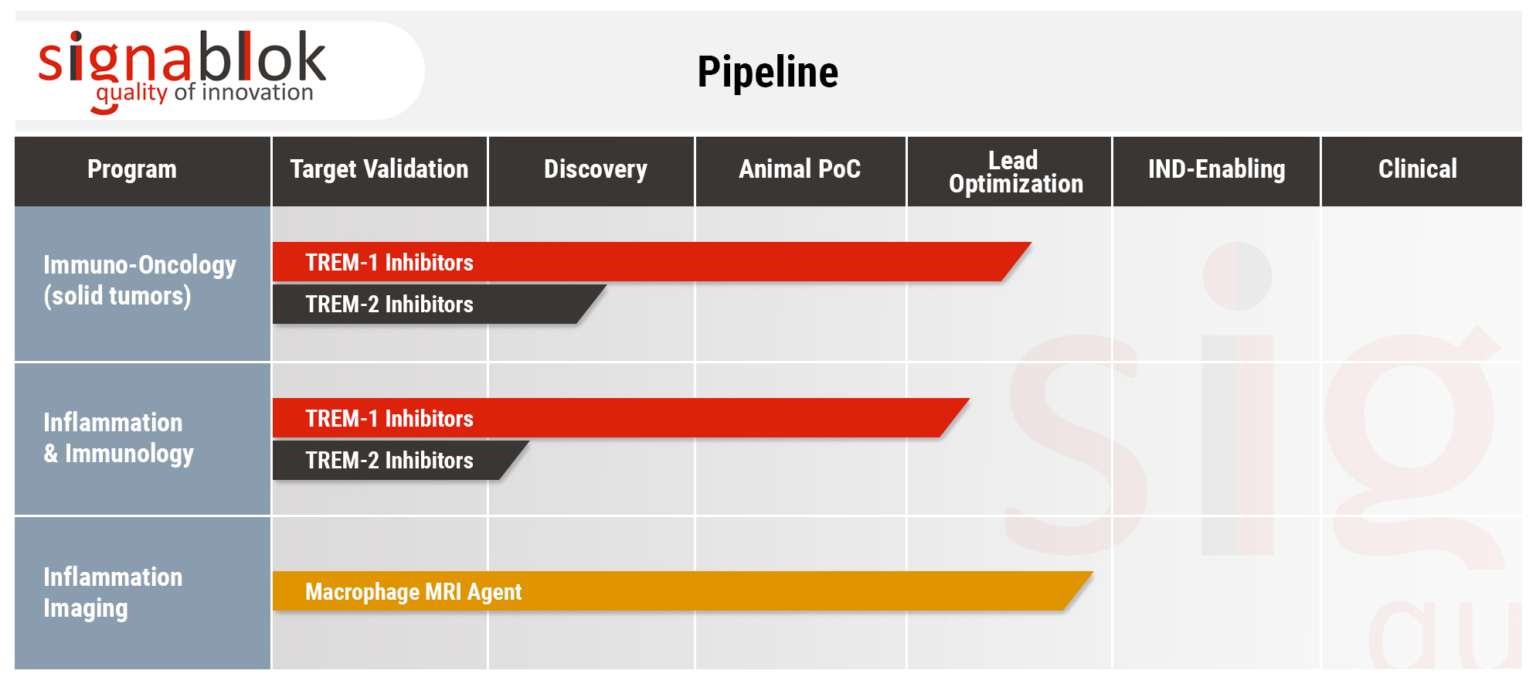Inhibition of immune receptor signaling is widely used to prevent and treat a variety of serious diseases and disorders such as cancer, sepsis, autoimmune and cardiovascular diseases, retinopathy, liver diseases, health complications of viral infections, and others.
Traditional approaches to inhibit receptor signaling are “ligand-dependent”. That means that they seek to block the binding of a ligand to its receptor by using, for example, monoclonal antibodies or soluble (decoy) receptors.
This ligand-blocking approach has some serious drawbacks, not least of which is the time and expense necessary to first identify and define the specific ligand, and, once done, identifying the method of blocking the receptor from binding to its ligand.
It is important to understand that a single receptor may be involved in the pathogenesis of multiple conditions and that its actual ligand may vary by condition. This further complicates the use of the “ligand-dependent” drug development model because one “ligand-dependent” inhibitor may not necessarily work in all these conditions.
This is the KEY difference in the SCHOOL platform of “ligand-independent” drug development.
SignaBlok’s pipeline development is led by programs to develop SCHOOL inhibitors for TREM-1 and TREM-2 receptors, focused on inflammation-associated diseases and disorders.
We are also using our proprietary integrated nanosystem for targeted intracellular delivery of these and other drugs and imaging agents to macrophages, for therapeutic and diagnostic purposes.

